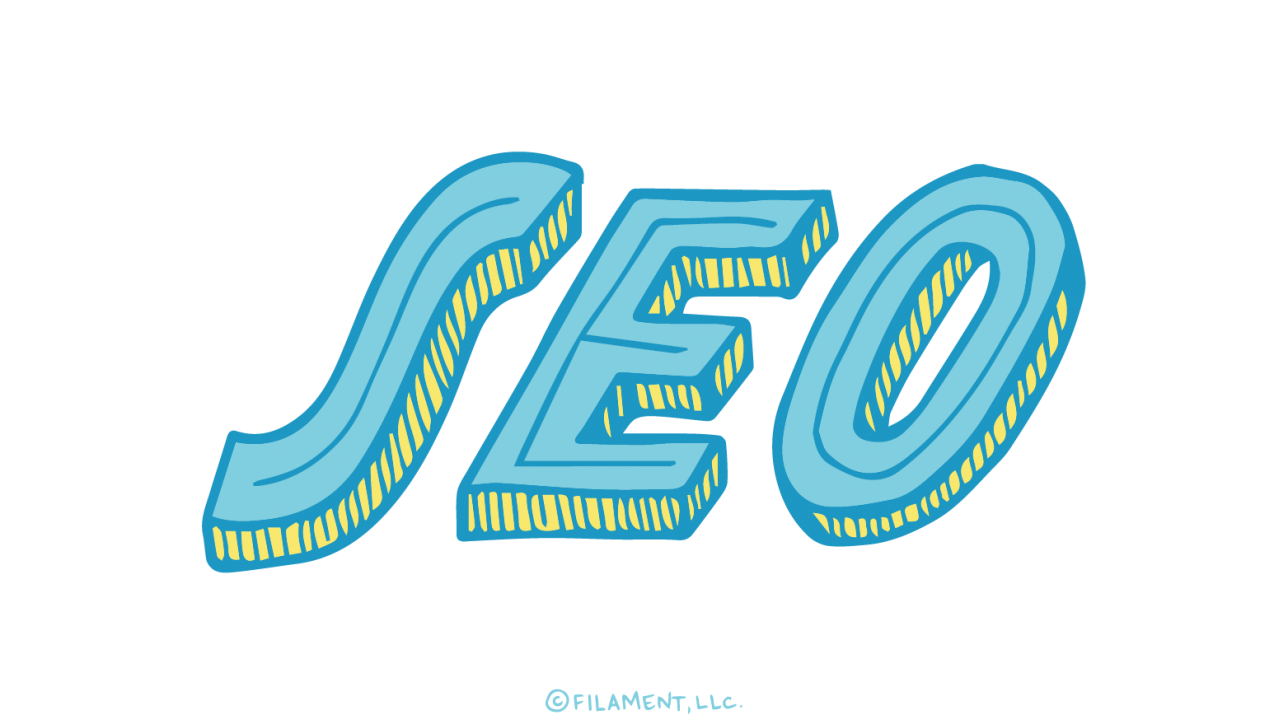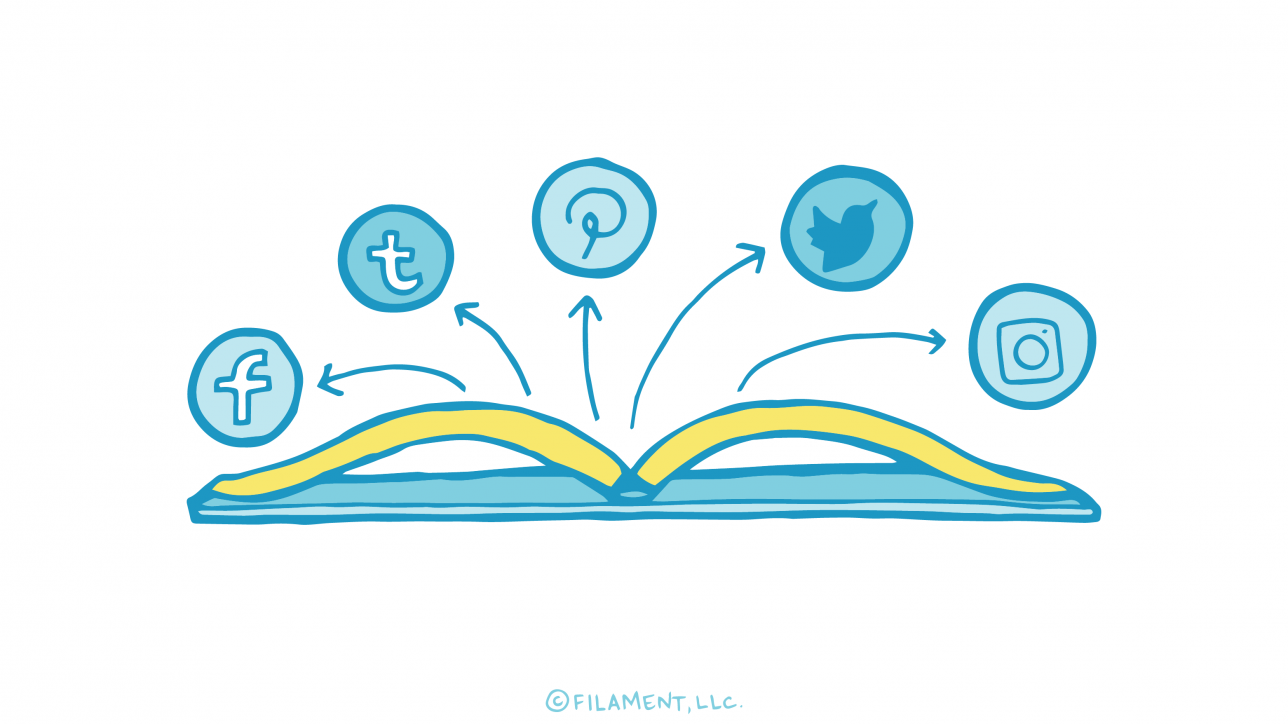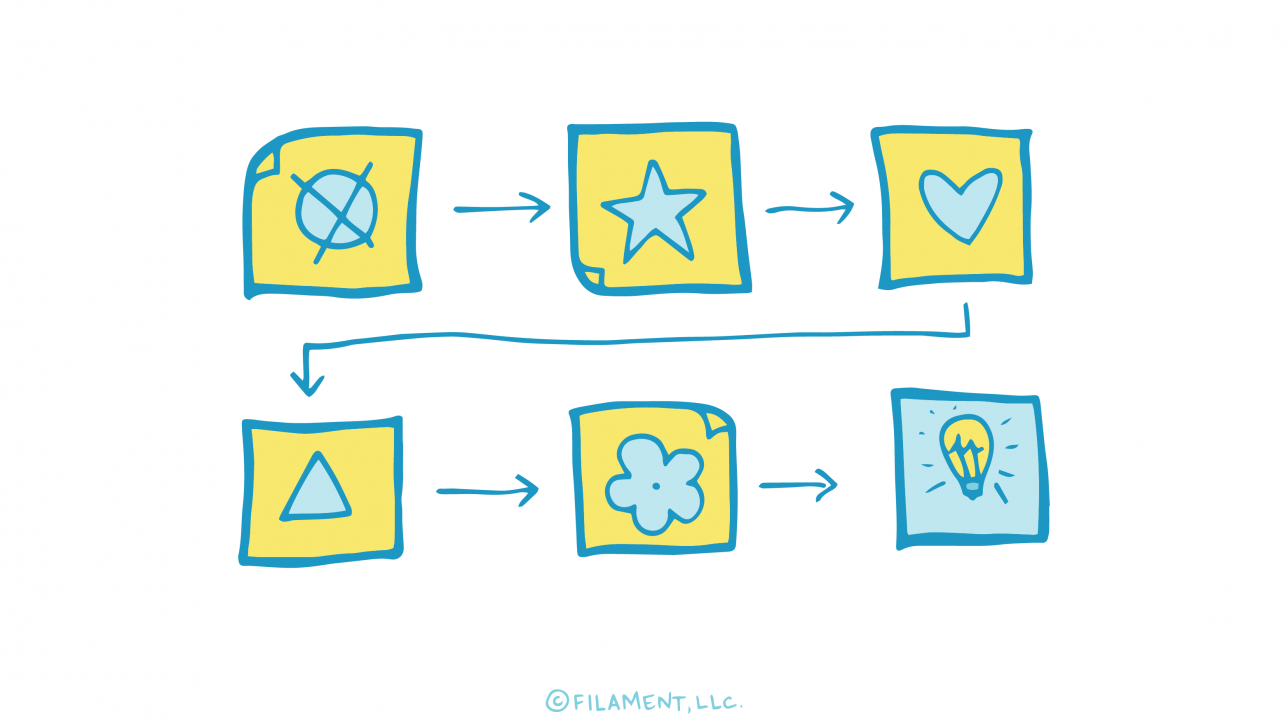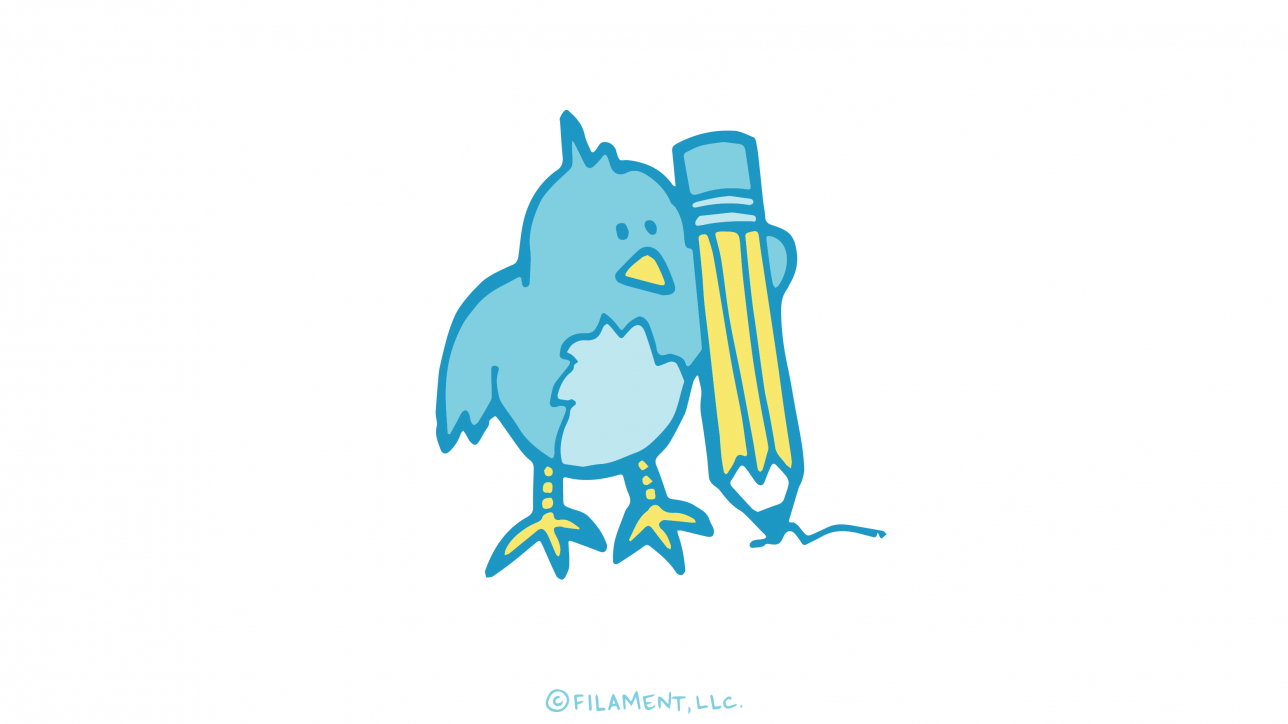It’s time to start looking at 2017 and what direction SEO trends are heading this year. Search engine optimization is one of those areas that is constantly changing and evolving, which means it’s difficult for a lot of companies to stay on top of every SEO trend. By annually taking stock and focusing on what’s coming in the new year – what’s going to be vital – you can stay in touch and relevant. So let’s dive right in to the top SEO trends for 2017.
Schema
You’ve probably noticed in your own search queries that you often just want a quick answer. You don’t dive deeper into a website if they don’t answer your query in the search results. Google’s Quick Answers is a direct result of that search shift. Using schema helps fit you into that new realm. Schema is code that the search engines have designed to help them understand your content. In the past your meta description followed the web title and URL. But with schema, you can add more data, like the publication date, classification, star ratings and other info that quickly guide a searcher to their desired end result.
RankBrain
Google is now using RankBrain to process search results. RankBrain is machine-learning artificial intelligence and Google has said it’s the third most important signal for ranking a website. Which means that you need to know how to work with RankBrain in 2017, if you aren’t already talking to their version of AI. How do you feed a RankBrain? You fill it with data that relates to you. Go beyond being an authority in your field, become an expert, be THE expert. Publish, inform, be the website others use as a reference and oddly enough, write for humans. Basically, RankBrain is designed to incorporate all of the good SEO tactics that Google has been promoting for ages. This means you need to keep a good, solid plan of reliable content in your 2017 budget.
Division of Keywords
Once upon a time knowing your target keywords was enough. As we dove deeper in to search trends we discovered that there are different factors that affect keywords; i.e. certain times of the year or trends or new and discoveries etc. Most companies then began tracking keywords and making changes regularly. Now the division between organic keywords and paid search terms is becoming more important. Dig into your terms to discover which terms to use when and how to tailor your strategies appropriately. Your analytics is the best place to find out what’s working and what isn’t and what your individual SEO trends may be.
AMP
AMP has been around for about a year so. You should already have paid some attention to increasing the speed of your website, especially in the mobile realm. But the importance of having instant answers with lightspeed results is the wave of the future that has already hit the shore. Think of how many times you turn to your phone to ask a quick question. The website that can respond quickly wins and you want to be that website for your industry. In addition to using AMP you can cut down on unnecessary images, scale down the necessary ones, only keep essential cookies, and compress what you can. And make mobile a priority if you haven’t already.
Things certainly have changed since the good old days when we focused on keywords, title tags and meta descriptions haven’t they? SEO trends have become much more technical and customized. There’s a lot of learning that has to happen now to keep up with the future of SEO. And it’s vital that your website responds to the changing demands of our mobile search world. While artificial intelligence may be quantifying your results, it’s up to YOU to provide keyphrase-rich content that’s geared to attract humans.
Need help keeping your brand relevant and on top of SEO trends? Filament provides content that engages the end user while appealing to RankBrain intelligence to help you get found by your key audiences. Contact us today.









































